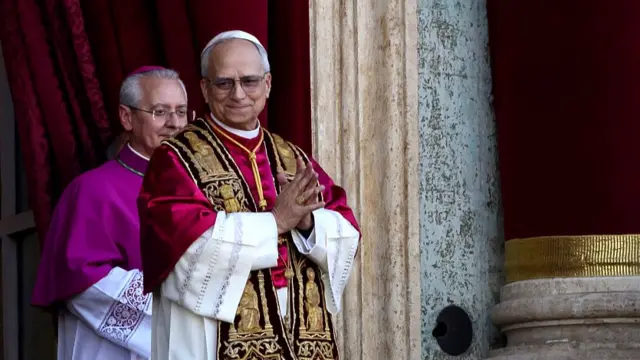Understanding the Pallium: Symbolism and Significance in the Catholic Tradition
The Catholic Church is rich in tradition and symbolism, each element reflecting deeper meaning and history. Among these, the pallium stands as a powerful sign of papal authority and unity with Rome. In this article, we explore what the pallium is, its origins, and its significance in modern Catholic ceremonies.

What Is the Pallium?
The pallium is a liturgical vestment, traditionally made from lamb’s wool. It is a white, narrow band worn over the shoulders, symbolizing the bishop’s duty as a shepherd to his flock. For popes and certain archbishops, the pallium signifies a direct link to Saint Peter and the unity of the Church under its spiritual leader.
Receiving the pallium is a powerful moment for new popes and metropolitan archbishops. During Pope Leo XIV’s recent inauguration, the pallium was placed on him as part of the official start of his papacy. According to BBC News, Leo XIV also received the Ring of the Fisherman, an equally rich symbol of his role as Saint Peter’s successor.
Historical Roots and Symbolic Meaning
The use of the pallium dates back to the early centuries of Christianity. Its woolen material recalls Christ as the Good Shepherd and connects bishops to the pastoral responsibilities entrusted to them. Over time, the pallium became a sign of authority for both popes and archbishops, emphasizing their loyalty and their mandate to maintain the unity of the faith.
Today, the pallium continues to serve as a reminder of the pope’s care for the Church and his call to lead as a humble servant. Its design, placing crosses throughout the band, has remained mostly unchanged, stressing its long-standing meaning.
The Pallium in Modern Church Life
Recently, the inauguration of Pope Leo XIV brought the pallium back into the spotlight. As described in a Guardian analysis, Leo XIV’s reception of the pallium intertwined tradition with his vision for the Church. While he honors many traditional symbols, Pope Leo XIV also faces new challenges. His leadership, marked by the symbolism of the pallium, is seen as a bridge between differing factions within the Church, especially in the United States.
The pallium does not simply represent authority. It also reflects a commitment to unity, service, and humility. These qualities are echoed in Pope Leo XIV’s approach, as he emphasized unity and brotherhood during his inaugural sermon, urging Catholics around the world to come together in faith and compassion.
Conclusion: A Vestment of Unity and Duty
In conclusion, the pallium remains one of the Catholic Church’s most profound symbols. Its use during papal and episcopal ceremonies connects the Church’s history with its present mission. As seen with Pope Leo XIV, donning the pallium means embracing both authority and the responsibility of selfless leadership.
To read more about the recent papal inauguration and the contemporary issues Pope Leo XIV faces, visit the BBC's live coverage and the in-depth Guardian analysis on his potential impact.